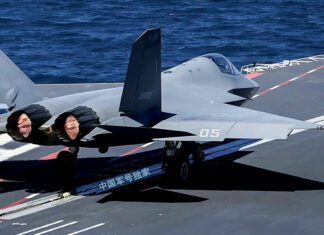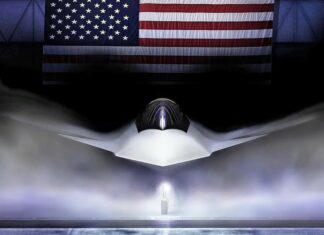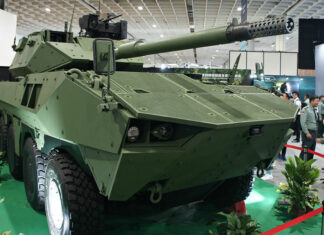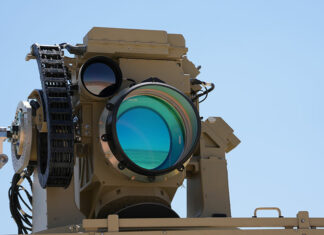This week in the defense technology sector is marked by significant international partnerships, advancements in unmanned systems, and substantial investments in next-generation capabilities. From major naval contracts in the Middle East to the expansion of fifth-generation fighter jet fleets in Asia, these developments underscore key trends for industry stakeholders, highlighting the growing importance of interoperability and strategic industrial partnerships.
Revamping UAS & eVTOL Market Dominance?
On June 6, 2025, President Donald J. Trump signed an executive order that marks a decisive shift in the United States’ approach to unmanned aircraft systems (UAS)—commonly known as drones—and the emerging field of electric vertical takeoff and landing (eVTOL) aircraft. The order, titled “Unleashing American Drone Dominance,” is designed to accelerate the safe commercialization and integration of these technologies into the national airspace while strengthening the domestic industrial base and expanding the export of trusted, American-made drone technologies. In our coverage, we discuss the goals, timeline, and implications of this action. (Read our analysis)
Aerospace & Counter-UAS
In the air domain, several procurements and upgrades reflect the growing emphasis on fifth-generation platforms, tanker capacity, and counter-UAS munitions.
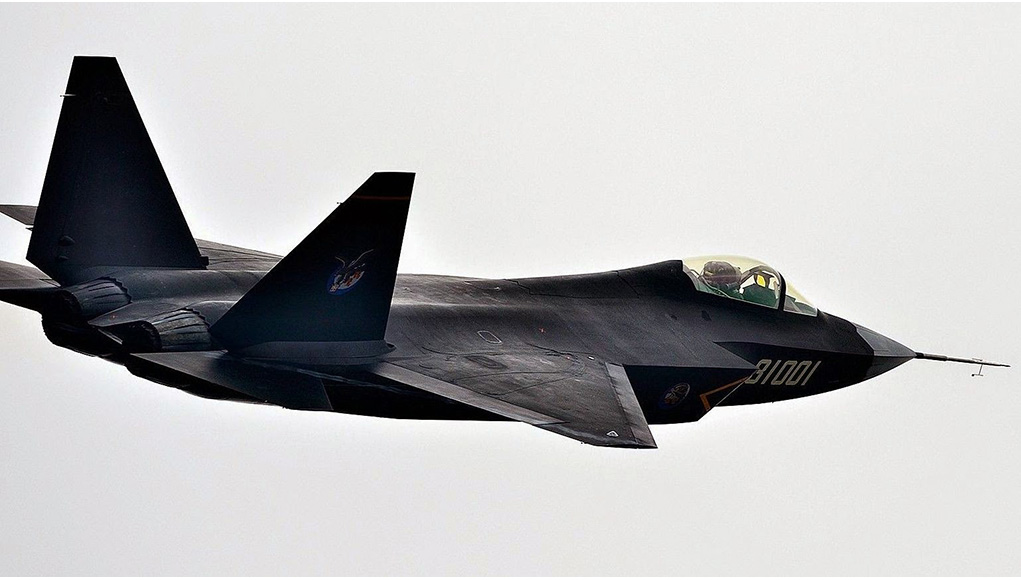
FC-31/J-35A Fifth-Gen Fighters for Pakistan
China is reportedly finalizing delivery of its Shenyang FC-31 (J-35A) fifth-generation fighter jets to Pakistan within months, marking Islamabad’s first operational stealth-capable platform. According to some sources, these aircraft will carry PL-17 air-to-air missiles with a maximum range of 400 km, exceeding the PL-15 that successfully debuted in recent engagements with Indian fighters. The J-35A reportedly features an internal weapons bay, active electronically scanned array (AESA) radar, and low-observable coatings, making it the most modern combat jet in Pakistan’s inventory. Pakistan is also seeking to acquire long-range air defense systems from Turkey and China to improve its air defense by adding a higher tier against Indian missile attacks.
Indonesia Considers Used Chinese J-10 Fighters
Indonesia is evaluating the procurement of Used Chengdu J-10 multi-role fighters from China. If acquired, it will be its first major Chinese platform. The J-10 fleet aims to replace aging F-5 and F-16A/B models, filling capability gaps in air sovereignty and tactical strikes. For Beijing, these sales reinforce its role as a major exporter in Southeast Asia, even as Jakarta’s defense strategy balances U.S. and Russian legacy systems.
Turkey’s KC-46 Tanker Acquisition
Turkey is considering acquiring new aerial tankers, evaluating both Boeing KC-46A Pegasus and Airbus A330 MRTT. These tankers, will supplement and eventually replace its existing aerial refueling fleet (KC-135R).
Missiles for German F-35s
Germany will purchase Kongsberg Joint Strike Missiles (JSM) to equip its upcoming F-35A fleet, adding long-range, low-observable maritime strike capability to its missions. JSM integration underscores Berlin’s focus on deep-strike deterrence and interoperability with U.S. and NATO partners. The missile’s two-way datalink and sea-skimming profile will enhance Germany’s maritime interdiction and anti-access/area denial (A2/AD) operations in Northern Europe.
Air-Launched Rapid Response Weapon (ARRW) Revival
The U.S. Air Force is planning to resume the development and testing of the AGM-183A ARRW hypersonic missile program in its Fiscal Year 2026 budget request—reviving a capability shelved in March 2023. ARRW utilizes boost-glide technology to achieve speeds exceeding Mach 5 and is slated for integration with the B-52H. This decision reflects a strategic pivot to diversify the U.S. hypersonic portfolio alongside the smaller Hypersonic Attack Cruise Missile (HACM).
DIRCM for Airbus A400M
Airbus contracted Elbit Systems to equip German A400M transport aircraft with Directional Infrared Countermeasure (DIRCM) systems. This deal leverages the J MUSIC DIRCM developed by the Israeli company, systems that have already been implemented in other NATO aircraft, including A400M, A330MRTT, and KC-390.
Alpha-Airbus Manned-Unmanned Teaming
The Alpha (Airborne) and Airbus are launching a joint initiative for a manned-unmanned teaming concept that integrates crewed helicopters with autonomous aerial platforms. The collaboration builds on recent joint exercises with the Spanish Army, including live demonstrations where Alpha’s A900 UAVs flew alongside Airbus H135 helicopters from the Spanish Air Force, with crews directly piloting the drones from the helicopter cockpits.
Naval Warfare
Deepsea Detection Escalates: China’s Submarine Tracking
According to open-source reporting, Chinese research facilities have developed undersea sensors capable of tracking submarine movements near Alaska—prompting a U.S. Navy “national alert” for improved counter-surveillance measures. This technology signals Beijing’s push to close the undersea detection gap in strategic waterways, heightening the urgency for U.S. and allied navies to invest in acoustic masking, unmanned sensor deployment, and enhanced antisubmarine warfare (ASW) tactics.
UUV Integration Milestone: USS Delaware
The U.S. Navy’s Virginia-class submarine USS Delaware successfully launched and recovered an unmanned underwater vehicle (UUV) through its torpedo tube—a first for any U.S. nuclear-powered submarine. This proof-of-concept signifies the deepening integration of UUVs into undersea warfare, enabling clandestine surveillance, mine countermeasures, and payload delivery without compromising the host submarine’s stealth. Observers expect this capability to accelerate the development of larger, fleet-wide UUV programs and shift undersea tactics toward networked, manned-unmanned task forces.
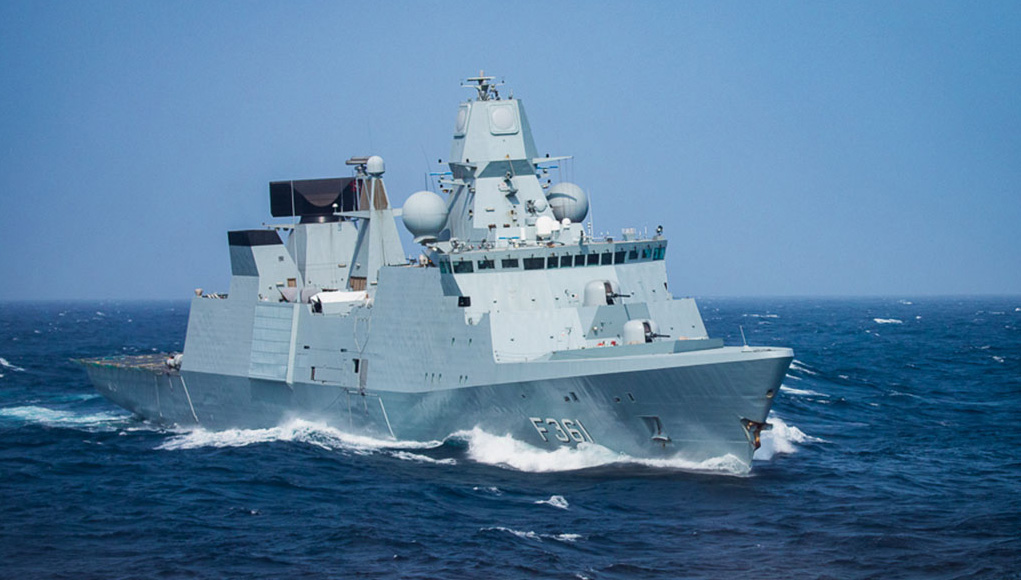
Danish Frigate Modernization Cancelled
Denmark’s Chief of Defence has recommended scrapping the planned upgrade to its Iver Huitfeldt-class frigates, citing escalating costs and uncertain capability benefits. The frigate encountered critical weapon and mission systems malfunctions during the ship’s deployment to the Red Sea in 2024. The cancellation of this mid-life modernization could leave the Royal Danish Navy reliant on older sensor and weapon systems, potentially affecting NATO’s Baltic maritime balance.
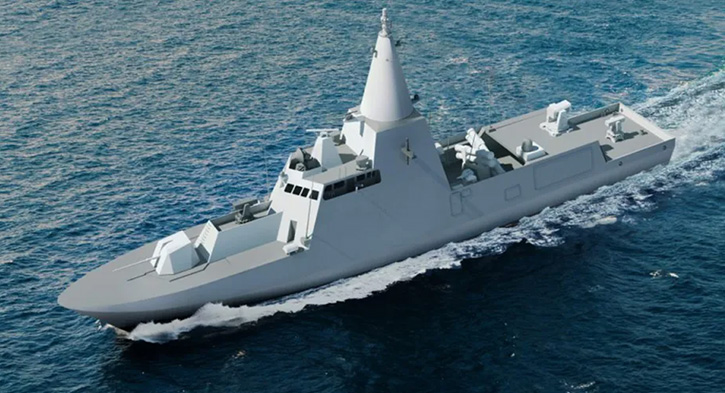
ADSB to Build Falaj3-Class Missile Boats for Kuwait for $2.4 Bn.
In a landmark export, UAE-based EDGE Group won an AED 9 Billion ($2.4 billion) contract to supply Falaj3-class missile boats and Offshore Patrol Vessels (OPVs) to the Kuwaiti Navy. Abu Dhabi Ship Building (ADSB), EDGE Group’s naval arm and the UAE’s leading shipbuilder, has been selected as the build subcontractor for the program. FALAJ3 is a 62-meter vessel designed for operation in littoral and blue waters. This deal—one of the largest ever for a Middle Eastern shipbuilder—underscores the region’s growing ambition to develop indigenous naval platforms and expand its influence in Gulf security architectures.
Defense Investment & Industrial Cooperation
Joint programs and industrial partnerships are driving scale and interoperability across multiple domains.
Latvia and Estonia Acquire Advanced Anti-Tank Missiles
Latvia finalized the procurement of Israeli Spike anti-tank guided missiles (ATGMs), with German forces to coordinate logistical transit. Spike’s tandem warhead and fire-and-update features enhance Latvia’s deterrent against armored threats on NATO’s eastern front. The Latvian decision comes in contrast to Spain’s announcement to suspend an order worth €285 million for 168 Spike LR2 missile systems motivated by political anti-Israeli pressure. The Spanish Army already uses thousands of Spike missiles, and replacing them would negatively impact combat readiness and capabilities, as such missiles are not readily available for procurement in the short term. The U.S. State Department authorized the sale of FGM-148 Javelin ATGMs to Estonia, continuing a program to bolster Baltic defense against potential aggression. Leveraging fire-and-forget technology, Javelin complements Spike in strengthening anti-tank defenses across the Baltic nations bordering Russia.
EU SAFE Defense Investment Program
The European Union unveiled a €150 billion joint defense program—dubbed the “Strategic Autonomy Framework for Europe” (SAFE)—designed to accelerate research, procurement, and cross-border collaboration among member states. SAFE allocates funding for dual-use technology, next-generation combat systems, and cybersecurity resilience. By pooling national budgets, the initiative aims to narrow capability gaps and reduce fragmentation in defense research and development.
Dassault Assigns Rafale Fuselage Production to TATA in India
Dassault Aviation partnered with Tata Advanced Systems to establish a Rafale fuselage production facility in Hyderabad; Tata will set up a production facility in the southern city of Hyderabad to manufacture key structural sections of the Rafale. The joint venture leverages India’s offset obligations and advances Modi’s “Make in India” initiative, with first deliveries slated for 2028. Apparently, in joining TATA, Dassault relinquished its plans to expand cooperation with India’s Reliance group, which was established in 2017 to support offsets for the first acquisition of 36 Rafale aircraft.
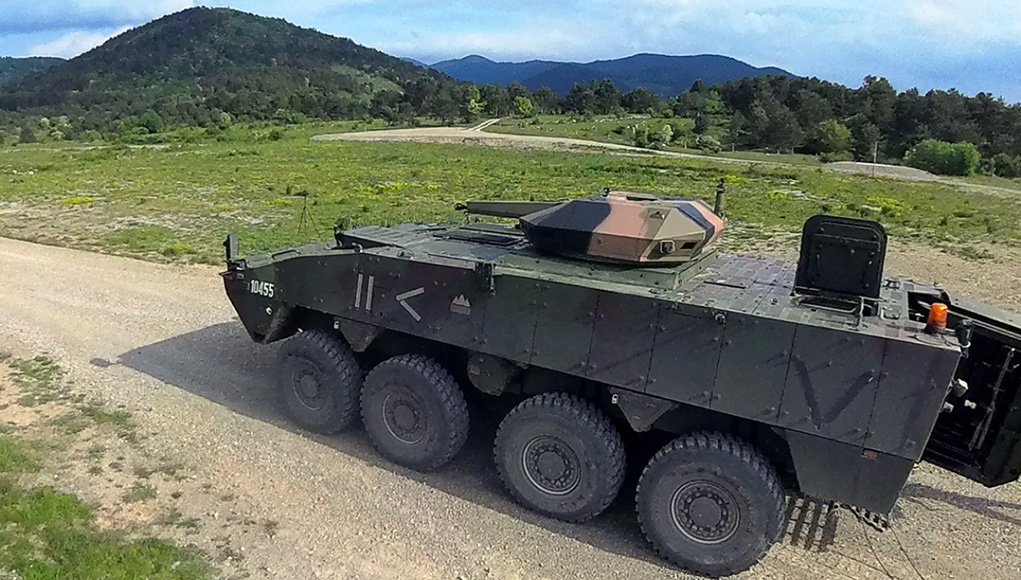
Research & Development
ATLAS CCV: Live-Fire Validation
BAE Systems Australia validated its ATLAS Collaborative Combat Vehicle (CCV) by live-firing the Vantage unmanned turret. The Vantage turret—equipped with a stabilized 25 mm M242 Bushmaster cannon and modular mission payloads—leverages an existing medium‐caliber weapon while leveraging robotics to enable teleoperated or autonomous operation and increase battlefield persistence.
MAXAR-SAAB Space-Based Imagery Collaboration
MAXAR Intelligence and Saab collaborate in the development of image-based positioning and navigation capability, utilizing MAXAR’s geospatial intelligence to develop GPS-resilient navigation and targeting capabilities. The initiative aims to develop robust and intelligent systems that can operate effectively even in GPS-denied environments, thereby enhancing operational capabilities on the modern battlefield.
Warfighter Cognition Monitor
The Department of Defense is advancing a “Warfighter Cognitive Health” program, deploying wearable sensors and AI analytics to track cognitive load, stress, and fatigue in high‐intensity training and deployment settings. By correlating biometrics (EEG, heart rate variability) with performance metrics, the program aims to identify cognitive degradation and recommend tailored interventions pre-emptively. Eventually, this data could be integrated into mission-planning suites to balance task assignments and mitigate human error.
DefenseTech Business
Anduril Raises $2.5 Billion to Scale Defense Manufacturing.
CNBC reported that Anduril Industries has secured $2.5 billion in a late-stage funding round that boosts its valuation to $30.5 billion—double its August 2024 valuation—underscoring investor confidence in the company’s aggressive growth strategy. Led by Peter Thiel’s Founders Fund, which contributed $1 billion (its largest single investment to date), the rise coincides with Anduril’s recent takeover of Microsoft’s multibillion-dollar augmented reality headset program with the U.S. Army and a new partnership with Meta to develop AR/VR devices for the Army. By introducing an agile Silicon Valley approach to the defense business, Anduril is positioned to challenge defense incumbents such as Lockheed Martin, Northrop Grumman, and General Atomics. The company is preparing for a public listing in the medium term, though no IPO timetable has been set.










